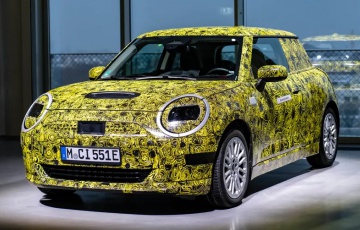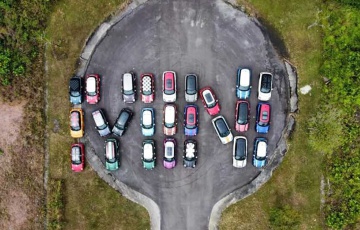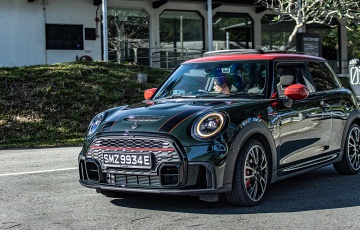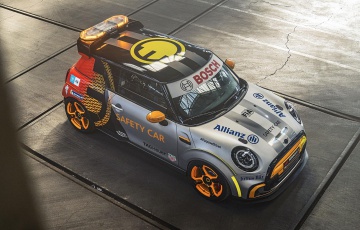Here are five more MINI concept cars
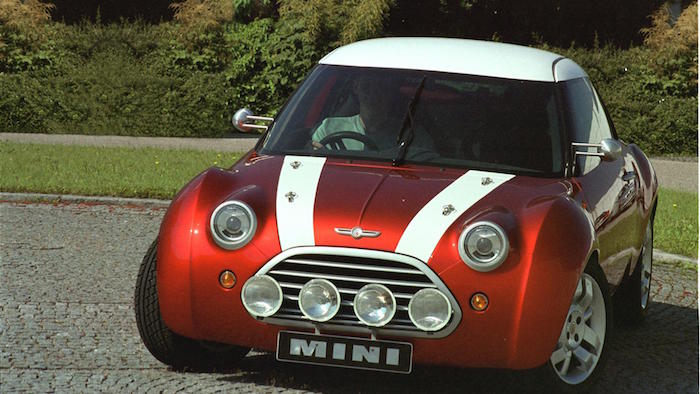
1997: MINI Concept Monte Carlo Rallye
A two-seater designed to commemorate the victory of the classic Mini in the 1967 Monte Carlo Rally. Would be fair to say that Mini’s design department were overcome with nostalgia; witness the Mini’s iconic features such as hexagonal radiator grille and circular headlights.
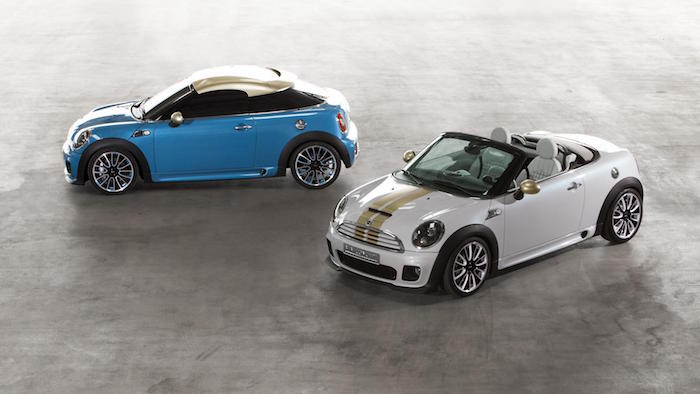
2009: MINI Coupe and Roadster Concept
Marking the then 50th anniversary of Alex Issigonis’ original design, the MINI Coupe Concept was a two-door, lower-roofed take on the John Cooper Works car.
Near-identical to the JCW below the beltline, the Coupe Concept stands 5cm shorter and features a more steeply raked windscreen and a big roof spoiler. Roadster version arrived in 2011.
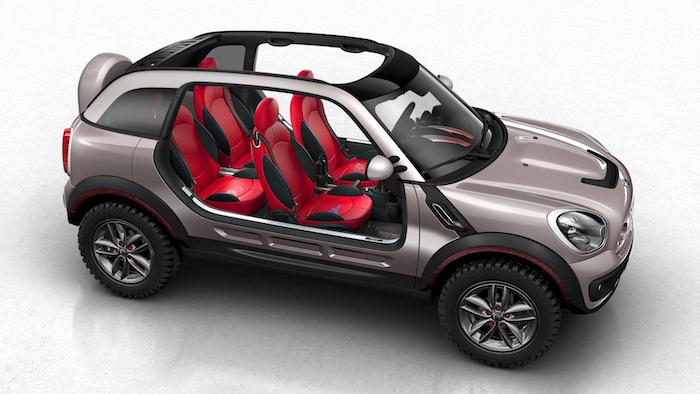
2010: MINI Beachcomber Concept
This was the forerunner to the MINI Countryman. A daring concept that paid homage to the Mini Moke from the 1960s but looked more like a beach buggy for Ken and Barbie. The radical open-air concept featured such interior design flourishes as… an MP3 player! A mobile phone! A cool box! And other such things. Would be cool if you lived in a toy fair, by a beach.
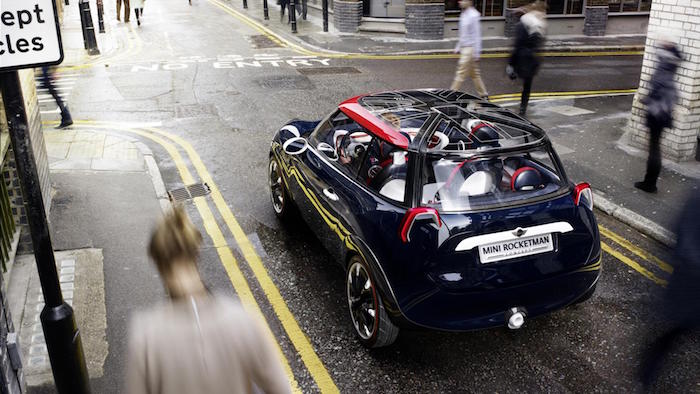
2011: MINI Rocketman Concept
The first BMW MINIs were 12ft 2in long, more than two feet longer than the dinky originals. The old Countryman came in at 13ft 5in. This concept is just 11ft 3in long and 4ft 7in high. Small, then.
Complex hinge technology means the 3+1 set-up could also – in theory – still seat three people and in the familiar euphemism for a human the size of a baby chimpanzee, ‘a fourth adult for short journeys’.
The sliding seat system gives you the option to slide the driver and passenger seat back for a ‘full-blooded driving experience’, slide the passenger seat forward to reveal an individual rear seat, or slide the entire front section forward to accommodate the aforementioned ‘short journey adult’.
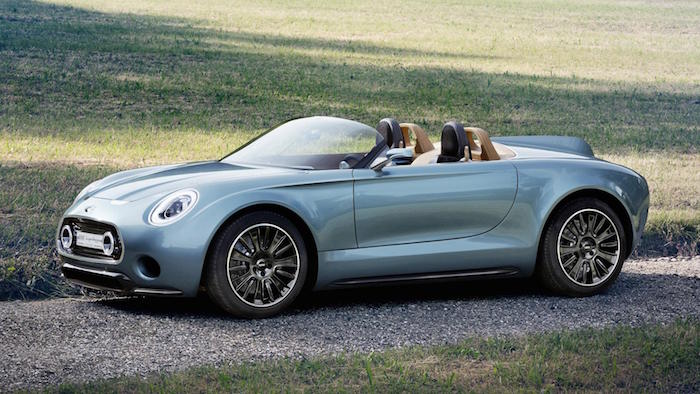
2014: MINI Superleggera Vision
Unlike most concepts, which have loosely tangible purposes like previewing styling ideas, the MINI Superleggera Vision seems to have been built for absolutely no reason beyond some lawn ornamentation at Villa d’Este.
The Vision’s been put together like a proper superleggera (translation: superlight). That means that there’s an alloy spaceframe (lots of thin alloy tubes) chassis, which is covered in large hand-beaten alloy sheets - that explains why there aren’t any panels gaps.
STORY Callum Alexander






